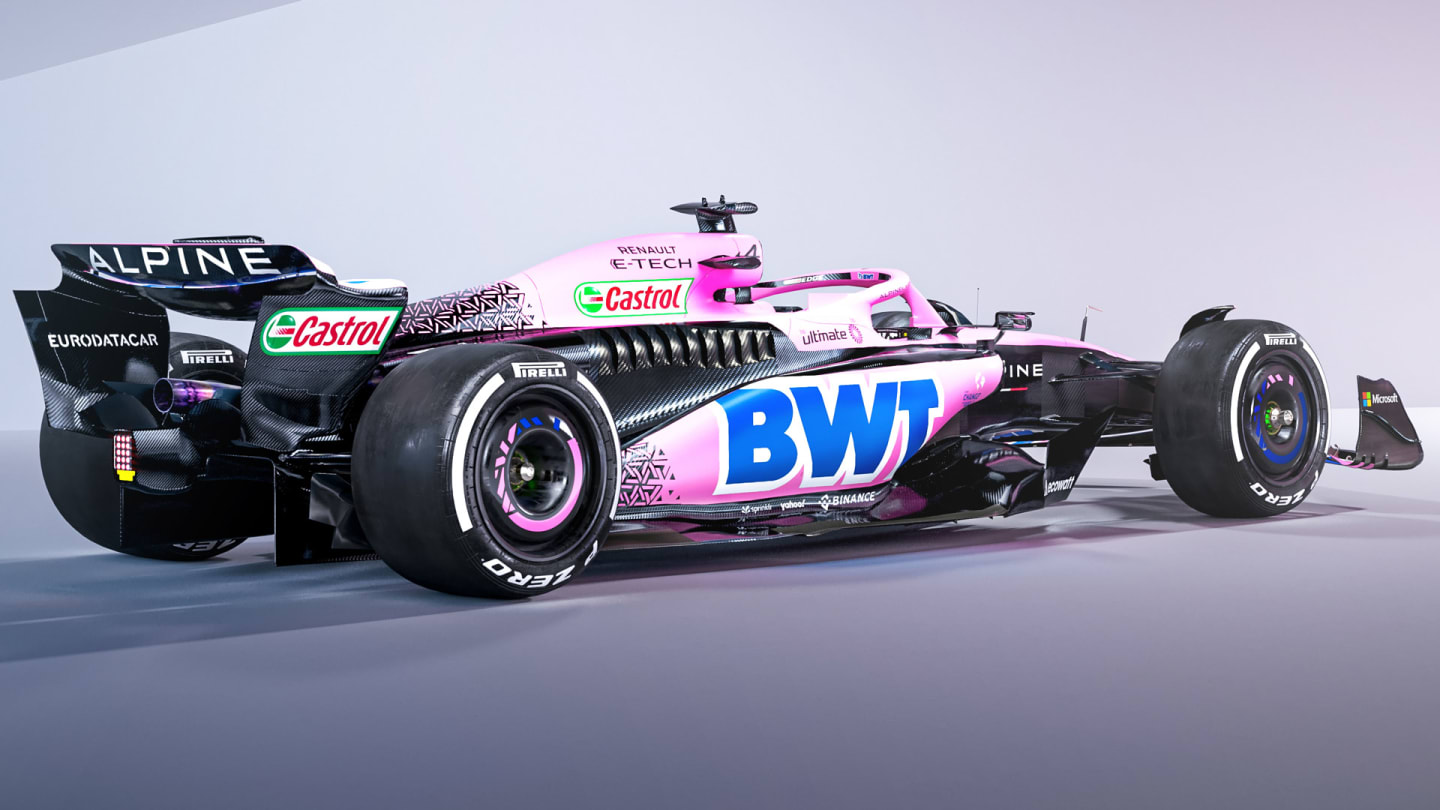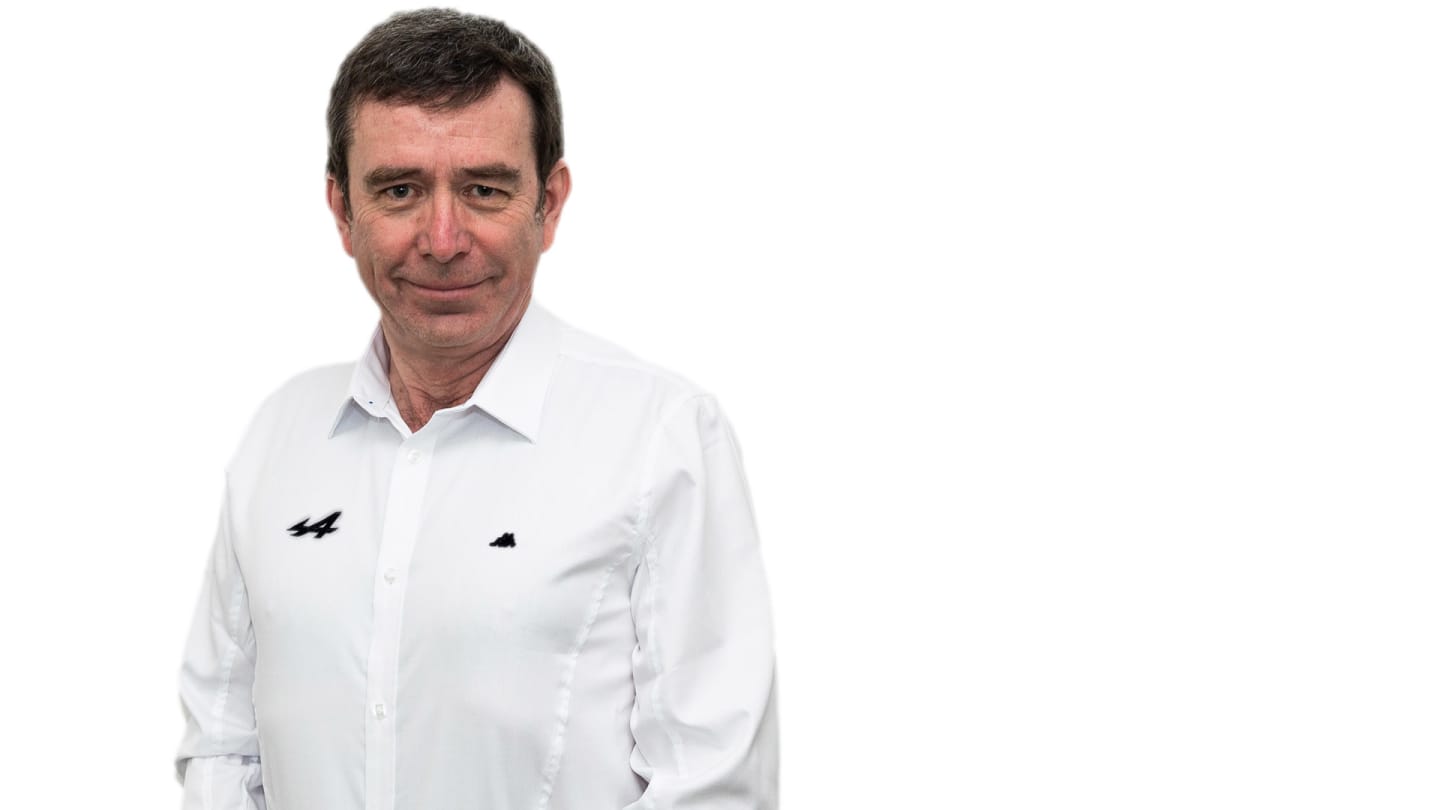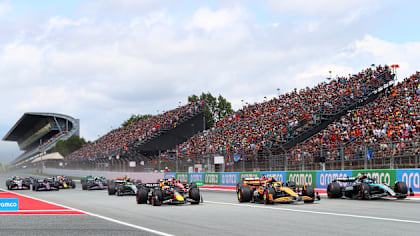30 May - 01 June
News
Alpine insist engine issue that plagued them last season is ‘resolved’ for 2023
Share
Alpine’s power unit chief Bruno Famin says that the factory at Viry-Chatillon have “resolved” the reliability issues that cost the team in 2022, when they suffered seven DNFs across the season.
With Pierre Gasly and Esteban Ocon at the wheel of the A523 in 2023, Alpine have made no secret of their aim to break into the top three, or at least get closer to the frontrunners and score some podiums this season. Power unit issues cost Alpine points last season with Fernando Alonso suffering DNFs in Saudi Arabia, Italy, Mexico, Singapore and Abu Dhabi, and Ocon failing to finish at Silverstone and Singapore with mechanical issues.
But Famin, who is the executive director of Alpine – whose Renault power units are built at Viry-Chatillon – says the team have been working hard to overcome those reliability issues.
TECH ANALYSIS: Alpine make big changes with their new car as they hunt the top three
“To be transparent, we had one big issue last year we had during the full season, which was linked to the water pump,” he said. “Very quickly during the season we saw that to solve that problem we needed to change the location of the pump or to change the pump itself, and that couldn’t be done without changing all the parts, the integration on the car – just impossible to do during the season.
“And during the season last year we made some notifications and improvements to reduce the risk – but only reducing the risk – and the big step is now with the A523 we have a new water pump in a new place, and all the tests we have done on the dyno are OK, then we are reasonably confident, we are as [confident] as it’s possible to be after the dyno. The dyno is the dyno, the track is the track, but we are happy with what we have done on the dyno.”

Alpine are hoping for podiums with their new A523 car
The engine boss also saiys that the four power unit (PU) manufacturers on the F1 grid – Mercedes, Ferrari, Red Bull and Renault – are now almost equal when it comes to performance. Power unit performance development is frozen until 2026, when a new set of engine regulations comes in – and Audi and Ford will join the sport.
“We were happy with [last season] because we really closed the gap compared to ’21. Very little differences between the four PUs on the grid, we are happy with the level of performance,” he said. “Now we are reasonably confident in the fact that we have done all our homework and that this has resolved and for the 2023 season we will see on the track.
READ MORE: 5 surprises, tech trends and brave calls from the 2023 F1 launch season
“It’s difficult to compare with the others. The thing we want to compare with others at Enstone is integration. We have some evolution on the car, on the power unit – we haven’t brought anything in terms of performance or power – but we bring performance to the car. there are some areas that are not totally frozen for 2023 like the exhaust… but we work on that for the best possible integration of the PU in the car.”
Famin added that Alpine have made gains in “drivability” – how the engine responds under acceleration – which should also help them over the next 23 races.
“I think at the start of the 2022 season, drivers were complaining about drivability; that has been solved during the season. I think we worked on that, and I hope there will be no major complaint about the start of the 2023 season about drivability,” he added.

Bruno Famin, executive director of Alpine Racing
YOU MIGHT ALSO LIKE
News What is the weather forecast for the 2025 Spanish Grand Prix?
Feature F1 FANTASY: Strategist Selection – What’s the best line-up for the 2025 Spanish Grand Prix?
News What time is the Formula 1 2025 Spanish Grand Prix and how can I watch it?
News Limited edition ‘F1’ movie merchandise unveiled ahead of summer premiere








